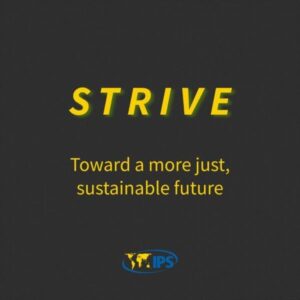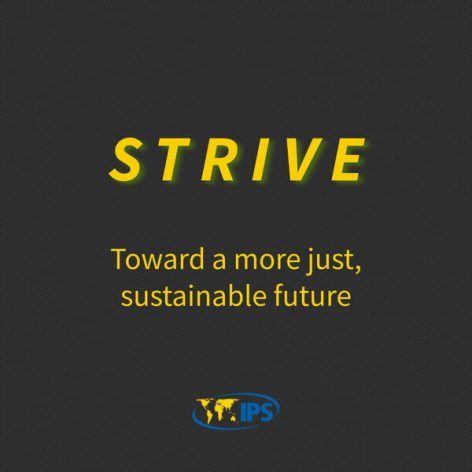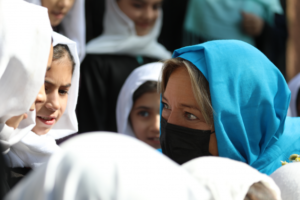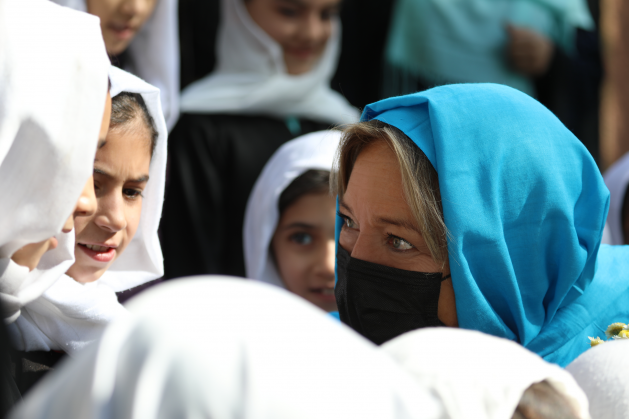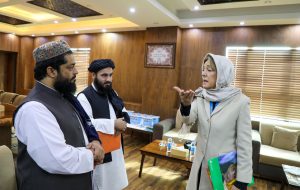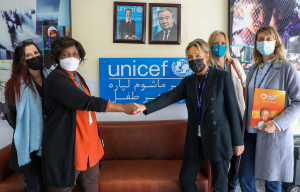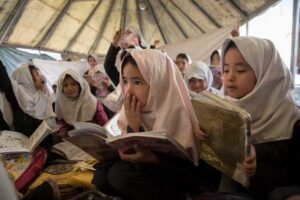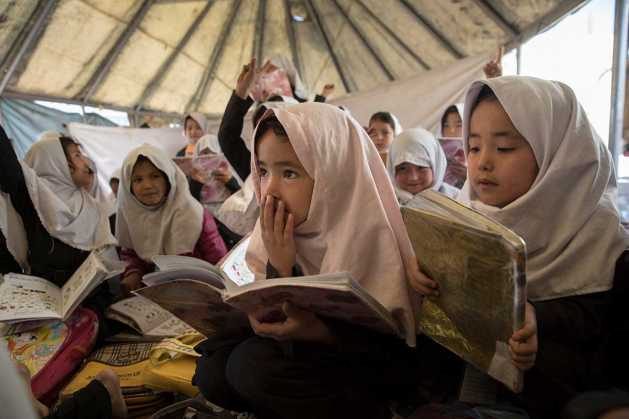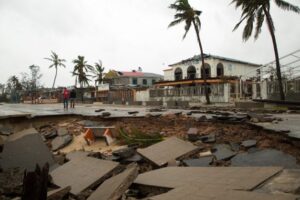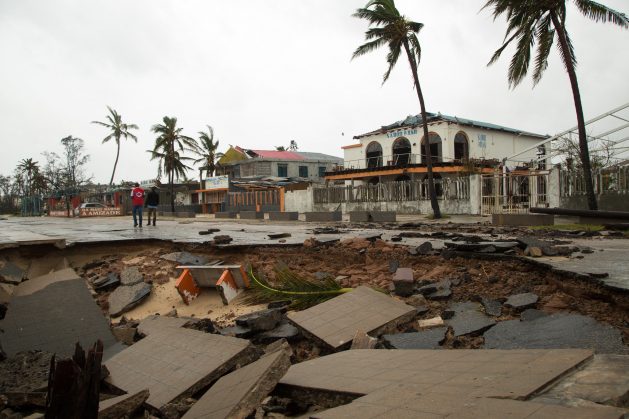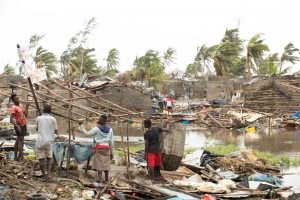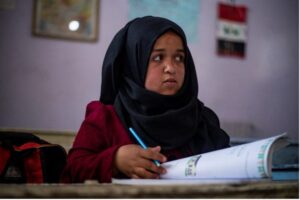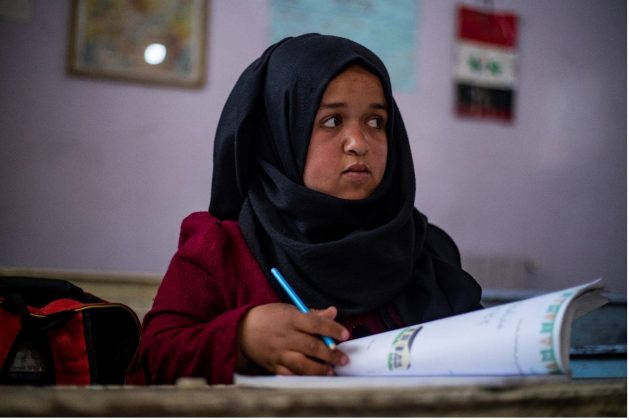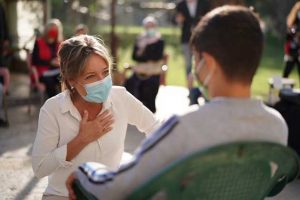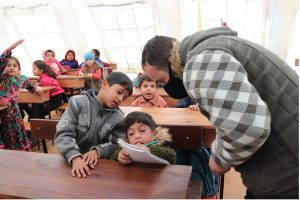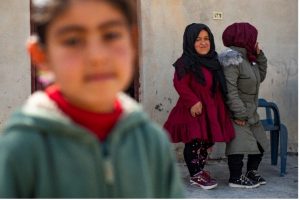
Conferences, Economy & Trade, Featured, Global, Global Geopolitics, Global Governance, Headlines, TerraViva United Nations
– It has been said that when Greek meets Greek, then comes the tug of war. The summit of the leaders of world’s two strongest powers, the United States and China, came face to face at long last. Albeit virtually. Still, this was undoubtedly the “mother of summits” this year. There were two telephone conversations earlier, but according to US officials this nearly four hours of summitry was far more “candid intense, and deeper interaction”. If there was one single take-away from this meeting, it was the establishment beyond all reasonable doubt of the incontrovertible fact that the US and China were indeed the two most influential global state actors. The decisions between the two, represented by their leaders, would profoundly impact the rest of humanity far into the future.

Dr. Iftekhar Ahmed Chowdhury
Given that in terms of deliverables, the consensus among all analysts was that nothing significant was expected, the event was important in that it put to rest the bickering between the subordinates that was pushing the world towards a precipice. It was about time the supreme political masters, Joe Biden of the US and Xi Jinping assumed the reins of control of the most important relationship of our times. Both sides were intellectually convinced that the stiffest possible competition between the two was on the cards. The challenge was to manage this in a way to prevent a conflict that would be catastrophic. This was one point on which, luckily, there was understanding on both sides.
There was not much on anything else. Prior to the meeting that Biden was focussed on writing the rules of the engagement of China “in a way that is favourable to our interests and our values and those of our allies and partners”. Unsurprisingly, Xi and the Chinese did not play ball. Both sides basically emphatically stated their positions on issues and showed nary an inclination to concede an inch to the other. In the end, as was expected, there were no breakthroughs. The irreconcilable positions remained in- tact, with a vague call by both sides for more cooperation.
A virtual meeting is bereft of the positive influences of informal chats, banquets, and the opportunity of developing personal camaraderie. Still, both leaders exuded friendly demeanours, and Xi called Biden “an old friend”. On Taiwan, the dialogue was tough. Xi reminded Biden of the US position on the Peoples ‘Republic being the sole legitimate government of China , reinforced by here communiques issued in 1972, 1979 and 1982. Following the talks the White House clarified that the “One China’ was also guided by the Taiwan Relations Act and the Six Assurances committing the US to opposing” unilateral efforts to change the status quo”. Xi made it clear that Taiwan for China was a “core issue”; it was a province of China, and any support to its independence was akin to playing with fire. “Whoever plays with fire will get hurt” was a message he strongly underscored.
There seemed a glimmer of hope on one front, though. In the past China has refused to be drawn into any nuclear arms control agreements given that its arsenal was far smaller than those of the US and Russia. But recent significant qualitative improvements of its capabilities have been worrying the US. At the meeting China showed willingness to talk on the subject. However, there is no possibility of agreements beyond the rim of the saucer because the Chinese will naturally demand steep cuts in US numbers which will be unacceptable to Washington. However, there could be forward movement through diplomatic engagements on matters such as Confidence Building Measures (CBMs), will the positivity that would entail.
There is a fundamental difference in the approach of China and the US to negotiations. The US believes in a kind of “a la carte” method of choosing areas where it believes there is scope for collaboration while competition, and even confrontation, continues others. The Chinese on the other hand reject this as “cherry picking” and see the agenda as a comprehensive package. What is the use of understanding on one subject, while differences on another cam lead to war? Unless this basic divergence is resolved, negotiations are unlikely to be able to yield any worthwhile results. Discussions will continue to be both sweet and sour, as the summit deliberations were, but nothing seriously palatable will get cooked!
Xi has in the meanwhile has consolidated his own power in China to a point that he may be set obtain a third term of office. More importantly, he is viewed as the navigator in the journey towards national rejuvenation leading to China becoming a modern fully developed nation by 2049 which will bring him yet closer to the status of the Great helmsman, Chairman Mao Zedong, himself. All these were the outcome of the Sixth plenum of the Chinese Communist Party which met last week and adopted a “historical resolution” that buttressed Xi’s power and position.
Incidentally, in the history of the party this was the third historical resolution. The first was adopted in 1945 under Mao four years prior to the revolutionary victory, and the second by the ‘reformist” Deng Xiaoping. While Mao was the one who restored a sense of pride among the Chinese people enabling them “to stand up” and Deng made them rich through his reforms, Xi, by the dint of this “thought” (which supersedes “theory” in Chinese political lexicon) gave them strength and shared prosperity. In an abstruse political milieu where the count of numbers means a great deal, a Xinhua communique on the meeting mentioned Xi’s name at least fourteen times, compared to seven of Mao and Five of Deng. That tells a lot.
Consequently, it is now all but certain that Xi will be elected to an unprecedented third term in office as party General Secretary at the 20th Party Congress next year. There is also some talk that he may assume the title of “Chairman” as well which will bring him at par with Mao. The plenum also elevated Xi Jinping Thought to 21st Century Marxism, completing the process of “Sinicization” of Marxist philosophy. Xi has been pragmatic in welding the conservatism of Mao, but shunning his repressive methods, with the reforms of Deng, correcting the “capitalist excesses”, and bringing China on a socialist path that would lead to a “modern society” with “shared prosperity “. Small wonder that many Chinese observers are beginning to see him as a “Philosopher King” in the mould of Plato in the West and Confucius in the East, a perfect mix for the cauldron of power and authority. An interesting footnote is that the Chinese Communist Party formally announced its third “historical resolution”, cementing Xi’s powers hours after the Summit, though it was leaked earlier, which pointed to a thought-through calibrated set of actions.
Nowhere the same degree, Joe Biden also seems to have achieved a modicum of success of his own despite powerful head winds. He has managed to create a sense of cohesion among America’s allies, though his path has had numerous pitfalls and bumps. Importantly he has managed to secure the passage into law of the massive legislation in terms of the US $1.2 trillion bill on a revamp of infrastructures, to “build back better”, a campaign pledge. This for him is no mean achievement, proving that persistence pays. But for him and his Democratic Party the future is not as rosy as that what appears to be for his Chinese counterpart. A Republican win in the Presidential race is a distinct possibility. That could lead to turmoil and backlash in US domestic politics, requiring the identification of a common foe to rally the nation. China is the obvious candidate. If, consequently, the “ultimate red line” for China, such as on the issue of Taiwan is crossed, a catastrophe could follow.
Surely the Chinese have made those calculations. From now to then, China and Xi will, while seeking to avoid an immediate conflict, be preparing to, in the words of the Global Times seen as a State media outlet, “to deal with the biggest storms in the world, the most powerful and comprehensive siege from the US and its allies”. Halfway down this decade it will be high- risk for one to wager too much in favour of peace!
Dr Iftekhar Ahmed Chowdhury is the Honorary Fellow at the Institute of South Asia Studies, NUS. He is a former Foreign Advisor (Foreign Minister) of Bangladesh and President & Distinguished Fellow of Cosmos Foundation. The views addressed in the article are his own. He can be reached at: isasiac @nus.edu.sg
This story was originally published by Dhaka Courier.

